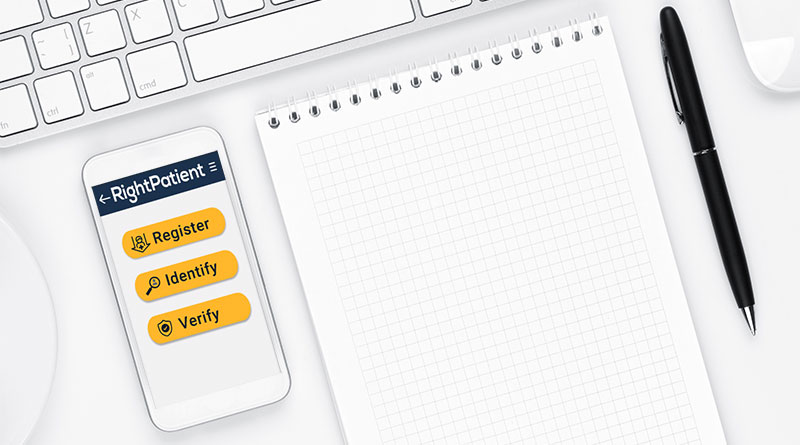Process Improvement Methodologies are used for Patient Experience Improvement

Healthcare organizations are continually pursuing ways to improve their processes to enhance the patient experience they provide. However, the biggest problem is that they need to measure patient experience improvement, and there is no specific way to do so. The challenge is to gain access to timely and relevant data. Nevertheless, in spite of this roadblock, they have found another way to measure their success.

According to a survey, the participating healthcare systems have stated that the Hospital Consumer Assessment of Healthcare Providers and Systems (HCAHPS) or similar CMS surveys are their most preferred tools to track the patient experience provided. These are followed by phone calls made before a patient’s discharge and assistance from third-parties, or non-CMS surveys.
These healthcare providers have also increased their use of social media monitoring because of their needs for accurate and timely patient experience data, which is why using these methodologies do not seem that surprising. The number of healthcare systems utilizing process improvement methodologies is higher than the ones who do not use it, and the former ones stated that HCAHPS or CMS surveys are their preferred way of both tracking and measuring their organization’s success or failure regarding the patient experience they provide.
Moreover, the number of respondents who said they use tracking and are using it for process improvement methodologies is higher compared to those respondents who do not, with in-house surveys being an exception. This shows the amount of emphasis placed on performance measurement by process improvement, which no doubt the respondents believe leads to patient experience improvement.
They may have used several process improvements, like enhancing the patient identification system, since patient identification is a recurring problem in most healthcare systems, as 8% of the medical records are duplicates on average. Some hospitals are utilizing biometric patient identification like RightPatient, which does enhance the whole process, as physicians can focus on more critical tasks rather than take time identifying the patients. All of this ultimately leads to the healthcare systems providing a personalized patient experience.
These healthcare systems are correct in placing their trust in process improvement methodologies, and the report reflects that. It is favorable for patients and healthcare providers alike, as 87% of the respondents stated that their organizations had experienced significant improvements in the HCAHPS scores or similar measurements, which is a clear indicator of the efforts they have made to enhance the patient experience in response to their previous scores.
The report’s breakdown is as follows: 13% of respondents have observed significant improvements, 44% have noticed moderate gains, and 30% have experienced minor improvements, while 5% saw no increase.
However, the results reveal another aspect – there is a positive correlation between patient experience improvement and the use of such process improvement methodologies. A large number of respondents (16%) have stated that they experienced significantly improved HCAHPS scores after using the methods compared to those who did not use them (6%). Likewise, moderate improvements were noticed by a large number of respondents (47%) who used the process improvement methodologies compared to those who did not (36%). Accordingly, the respondents who did not use such methods are far higher in number (10%) than those who used it (3%) and reported that they did not see any improvements.
How are the healthcare systems improving their patient experience significantly? Other than process improvements, they can also utilize technology to enhance the patient experience further. They can use apps like CircleCare. It is a patient retention app used by hospitals for active patient engagement. Once a hospital subscribes, they can instruct the patient to use it for various purposes like communication with the hospital, keeping track of their steps, recording their glucose levels, scheduling their medicine, and receiving valuable health tips within the app. All these activities not only help to improve patient engagement but also cause patient experience improvement, resulting in an increase in patient retention rates due to better patient outcomes.









A patient’s experience of the healthcare system includes their interactions with health plans as well as with the healthcare system itself. Therefore, it is always good to keep the best imaging equipment at your facility.